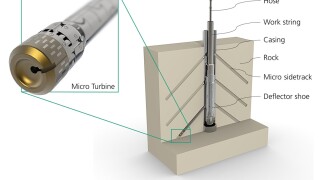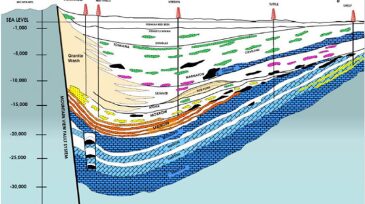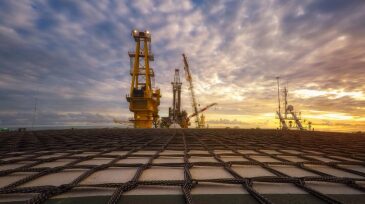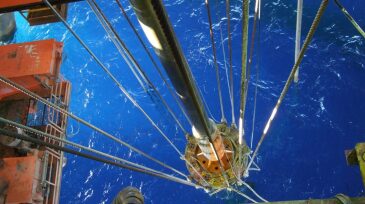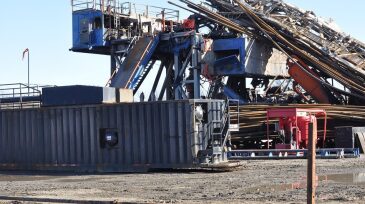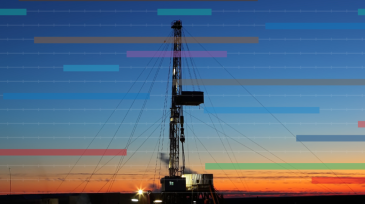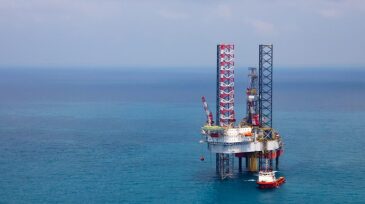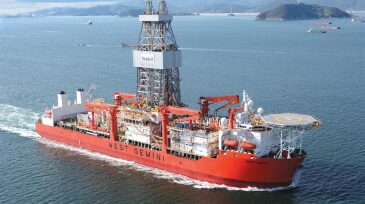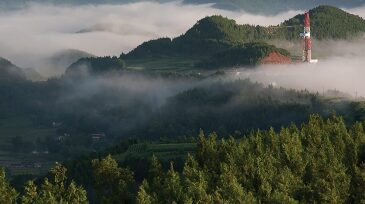Drilling
The Federal Reserve Bank of Dallas’ fourth-quarter energy survey shows that oil prices and geopolitical uncertainty are curbing enthusiasm heading into the new year.
A field test study examines micro turbine drilling in a clay formation that allows steel casing and formation to be drilled in a single operation.
The discovery in the Kutei Basin offshore Indonesia is being considered for fast-track development.
-
Moving their directional drillers into their Houston real-time remote operations centers has improved drilling efficiency for two of the top shale producers.
-
This paper is part of an ongoing effort to minimize the likelihood of failure using data-mining and machine-learning algorithms.
-
This paper presents a set of equations that extends the approach of the original single-shouldered equation to account for a second shoulder, and helps to understand connection strengths better.
-
Energy consultancy Wood Mackenzie estimates the find holds some 2 Tcf of gas, making it this year’s seventh-largest discovery worldwide.
-
Operator Talos Energy now believes Zama’s gross recoverable resource lies in the upper half of its pre-appraisal estimate of 400–800 million BOE. The consortium is working toward a 2020 final investment decision on the project.
-
Regulators say the blowout that killed five workers on a Patterson-UTI rig in Oklahoma was the product of a slow-moving series of missed signals, misleading testing, and miscalculations that failed to control a natural gas influx.
-
SponsoredWell delivery scheduling is a complex and critical process, with substantial economic impact. It is often done manually using unsophisticated software tools. Actenum Upstream software overcomes the limitations of manual scheduling and is designed for operators and complex operations.
-
After drilling the Dorado-2 appraisal well, operator Santos Energy now expects a big increase in gas resources from predrill estimates, adding to one of the largest oil resources ever found on Australia’s North West Shelf.
-
The Agidigbo find follows the Kalimba, Afoxé, Agogo, and Ndungu discoveries. The five discoveries combined hold an estimated 1.8 billion bbl of light oil in place.
-
As the country pushes for higher output from its emerging unconventional sector, nature is pushing back. To get better results, operators there are increasing their reliance on technology.


